Acknowledgments
The V Bookwould still be a twinkle in my eye were it not for all these people I'd like to thank. Dr. Liz Buechler shared my vision for a V service at Harvard Vanguard Medical Associates and has given it her unqualified support. Dr. Marcie Richardson has encouraged me all along the way. Through her suggestions, I found my agent and ultimately my publisher. She took a weekend out of her life to read the entire book and offer her suggestions. Dr. Susan Haas has been a zealot on my behalf, Dr. Robert Barbieri a real friend in camp. My partner, Diana Parks-Forbes, reinforced my effort to provide this book for women, has edited chapters and buffed me at every opportunity. My physician colleagues at Vanguard covered for me while I went for a month of V precepting to start on my way to V specialization in 1990. They, as well as our nurse-practitioners and nurse-midwives, have enthusiastically supported the V service. The staff and nurses of the Stewart-Forbes service run the blue-ribbon operation from which I learned much of what I have written.
Dr. Ray Kaufman and Dr. Stanley Marinoff have my gratitude for sharing their V practices with me as I learned the ropes. The basics they taught me form a framework on which I built the book. Dr. Lynette Margesson, vulvar dermatologist par excellence, has generously shared her expertise regarding V skin issues discussed in the book. I am grateful also to Dawn Danby, who created the beautiful and anatomically perfect V illustrations.
Special thanks go to Paula Spencer, whose literary wand transformed my medical writing rags into a ballgown for public debut. Her imaginative V notes sequin the pages and her fascinating tidbits of information sparkle everywhere. Her efforts have truly dressed The V Book for the affair.
My entire family has been marvelous in their support of another one of Elizabeth's Good Ideas. Donmy mentor, manager, consultant, computer whiz, and cheerleader extraordinaireis always happy to see women move forward, and has aided my efforts with unbridled enthusiasm.
The book would not exist without my agent, Loretta Weingel-Fidel, and my editor at Bantam, Robin Michaelson. It was a pleasure to work with such experts in their fields. And bouquets to Stacie Fine, who pulled it all together.
Finally, I thank my patients, who continue to teach and inspire me. They encouraged my writing by declaring that they would crawl if necessary to the bookstore to obtain a copy of such a book as this. They graciously agreed to be included in its pages. Through these women, the twinkle turned into fireworks.
About the Authors
Elizabeth Gunther Stewart, M.D., FACOG, a Boston-based gynecologist, is director of the Stewart-Forbes Vulvovaginal Specialty Service at Harvard Vanguard Medical Associates. Dr. Stewart is also Assistant Professor of Obstetrics and Gynecology at Harvard Medical School and a member of Brigham and Women's Hospital staff. She speaks extensively about vulvovaginal disease to medical professionals. Her perspectives as a full-time vulvovaginal practitioner, a researcher, and a teacher shape her prominence as one of the leading voices advocating the emerging importance of her specialty. This book is an extension of her lectures, her clinical experience with patients, and patient-education materials she has prepared for them.
Paula Spencer specializes in health and family subjects for Woman's Day, Glamour, Parenting, Baby Talk, USA Weekend, and other publications. She is the author of four books on pregnancy and parenting, including Everything ELSE You Need to Know When You're Expecting (St. Martin's Press).

The Mind Why V Health Starts Here
V aginais hardly a household word.Vulva and clitoris might as
well belong to another language. They are blushers, vaguely subversive, not ready for prime time. They hide behind pet names and euphemisms (my privates, Pookie, down there) if they're called anything at all. And then there's vestibule. That word's easy to say only because 99 out of 100 women have no idea that they have one, let alone where it is or what it does. (Don't worry. I'll show you later.) I feel pretty sure that a man would not allow some important part of his terrain to go uncharted for so long.
Believe it or not, even medical professionals can be uncomfortable about V terms. My own vulvar specialty practice in Boston is called the Stewart-Forbes Specialty Service. It's named after me and my nurse-practitioner partner, Diana Parks-Forbes, because at the time we were deliberating about what to call it, no one in the medical group's administration wanted the word vulva or vagina in the name. As a result, I surprise many new patients when I first walk into the exam room. You're a woman! they'll exclaim. They expected a gentleman named Stewart Forbes. The practice's vague name is hardly helpful to me professionally, either. Whenever I write a business letter or call a colleague, I always have to clarify that I represent the Stewart-Forbes Vulvovaginal Specialty Service. (Even so, Dr. Stewart Forbes gets lots of letters!)
I wish everyone could be matter-of-fact about the Vs. How much better my lifeand your healthmight be.
The first step to being comfortable with your body, after all, is being comfortable thinking about it (if not talking about it). That's why I say that V health starts in your head. As a physician, I'm a big believer in liberation biology, to use the term coined by Mary Carlson, associate professor of psychiatry and neurobiology at Harvard Medical School. That means using biological information to help you understand your body, shake your hang-ups, and take charge of your full potential as a woman. In V terms, that means recognizing that the vulva and vagina are healthy parts of the body to be protected from disease, explored and treasured in responsible sexual life, esteemed for childbearing. I'd like for every woman to feel free enough to learn her way around her own body, free enough to talk easily to her doctor if a problem crops up.
Why are we so awkward about such commonplace body parts? Reticence about the vulva and vagina is nothing new. I'm no anthropologist or historian, but I do know that a veil has been draped over these parts for not merely a few generations but thousands of years. Knowing this past helps explain where our collective mind-set is today. Moreover, such information points the way to where our thinking ought to go.
So let's start at the beginning.
A short history of the Vs
Once upon a time people did not feel negatively about the vulva and vagina. Tens of thousands of years ago, the beautiful design of the vulva
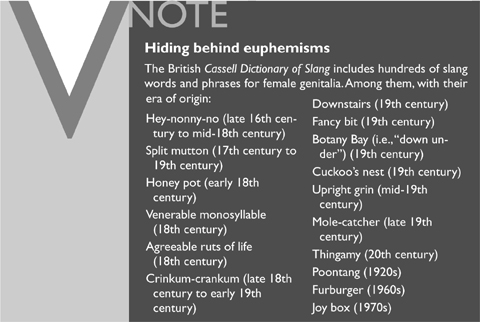
was something celebrated, even revered. The yoni, a symbol of the female genitalia, took many forms. Flowers, fruits, a triangle, and a double-pointed oval shape were all used to depict the vulva. Yoni is a Sanskrit word for womb, origin, source, sacred placehonoring the vulva's role as birthplace, bringer of life. Today the word yoni enjoys a renaissance as a way to refer to female genitalia, although its use is hardly widespread.
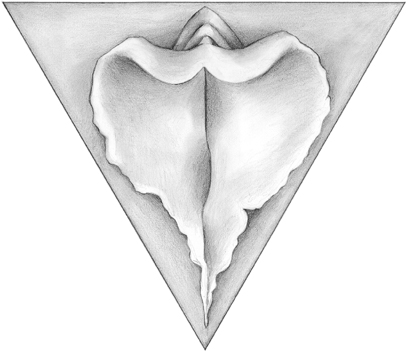




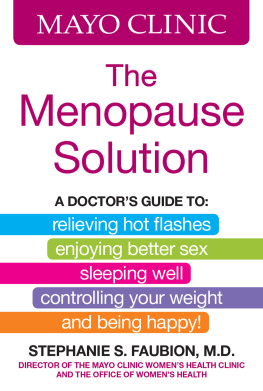

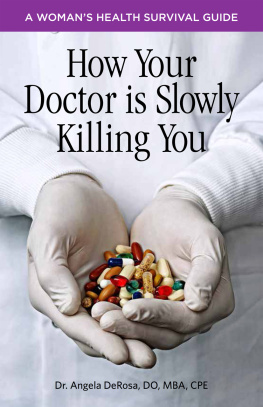
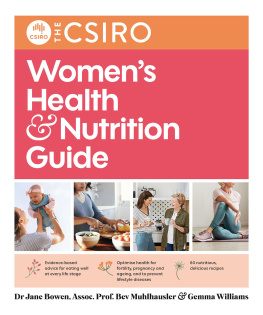
 The Mind Why V Health Starts Here
The Mind Why V Health Starts Here
